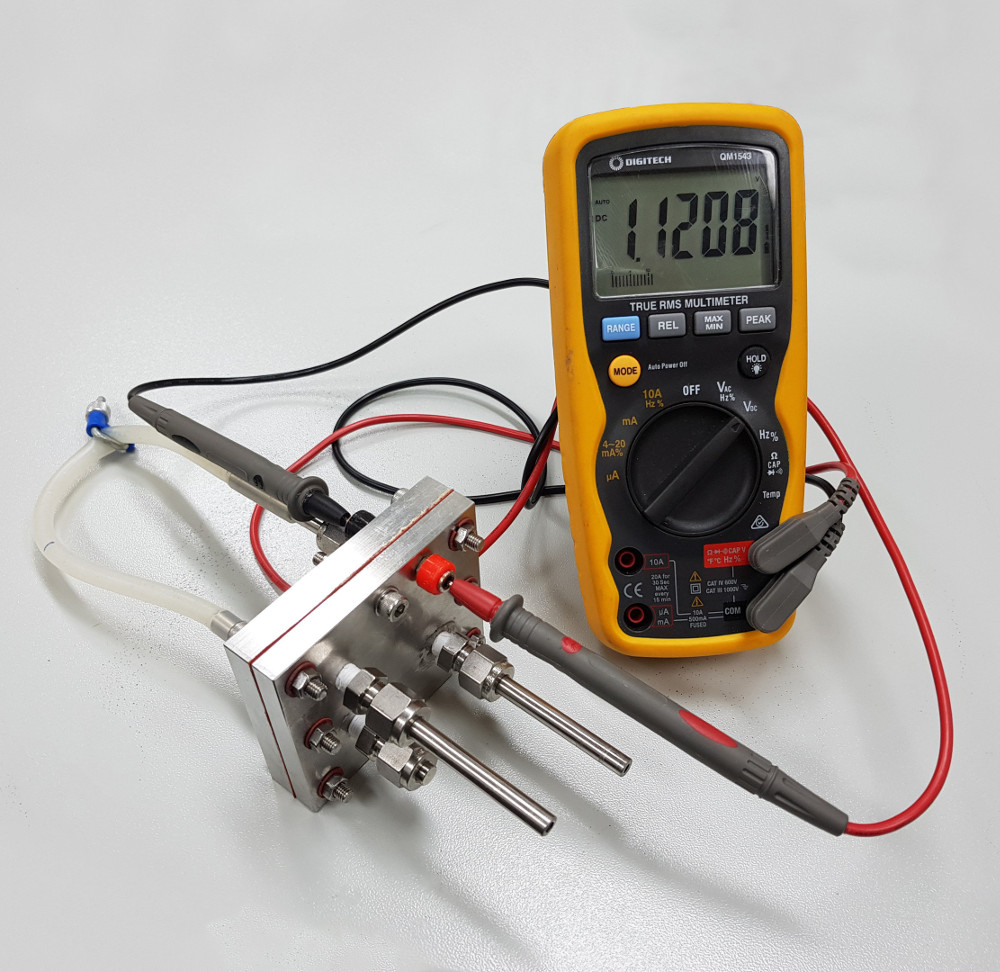Proton prototype shows promise
 RMIT engineers have demonstrated a world-first, working, rechargeable “proton battery”.
RMIT engineers have demonstrated a world-first, working, rechargeable “proton battery”.
The new battery design is environmentally friendly, and has the potential to store more energy than currently-available lithium ion batteries.
The prototype proton battery uses a carbon electrode as a hydrogen store, coupled with a reversible fuel cell to produce electricity.
The carbon electrode plus protons from water give the proton battery its environmental, energy and potential economic edge, says lead researcher, RMIT’s Professor John Andrews.
“Our latest advance is a crucial step towards cheap, sustainable proton batteries that can help meet our future energy needs without further damaging our already fragile environment,” Prof Andrews said.
“As the world moves towards inherently-variable renewable energy to reduce greenhouse emissions and tackle climate change, requirements for electrical energy storage will be gargantuan.
“The proton battery is one among many potential contributors towards meeting this enormous demand for energy storage. Powering batteries with protons has the potential to be more economical than using lithium ions, which are made from scare resources.
“Carbon, which is the primary resource used in our proton battery, is abundant and cheap compared to both metal hydrogen-storage alloys, and the lithium needed for rechargeable lithium ion batteries.”
During charging, the carbon in the electrode bonds with protons generated by splitting water with the help of electrons from the power supply. The protons are released again and pass back through the reversible fuel cell to form water with oxygen from air to generate power. Unlike fossil fuels, the carbon does not burn or cause emissions in the process.
The researchers’ experiments showed that their small proton battery, with an active inside surface area of only 5.5 square centimetres (smaller than a 20 cent coin), was already able to store as much energy per unit mass as commercially-available lithium ion batteries. This was before the battery had been optimised.
“Future work will now focus on further improving performance and energy density through use of atomically-thin layered carbon-based materials such as graphene, with the target of a proton battery that is truly competitive with lithium ion batteries firmly in sight,” Prof Andrews said.
RMIT’s research on the proton battery has been partly funded by the Australian Defence Science and Technology Group and the US Office of Naval Research Global.
The successful use of an electrode made from activated carbon in a proton battery has been reported in the International Journal of Hydrogen Energy.







 Print
Print